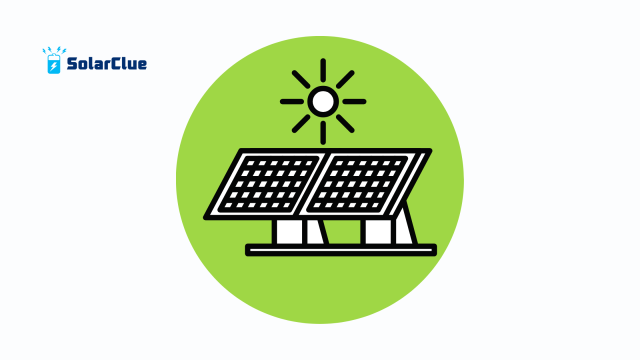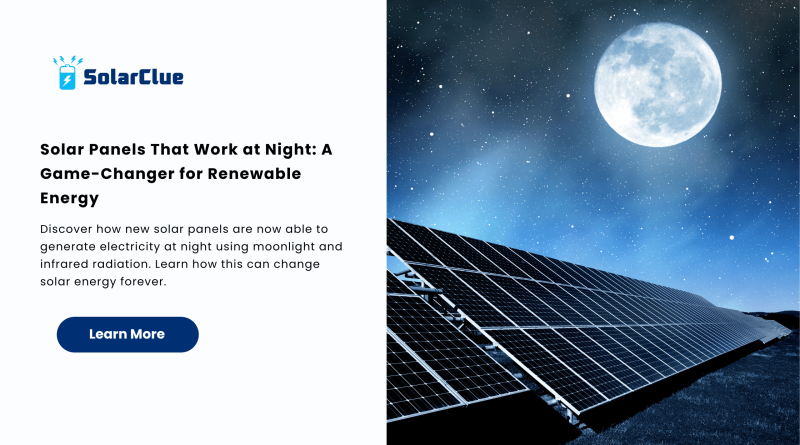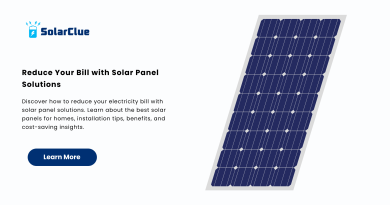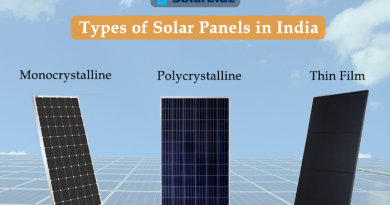Solar Panels That Work at Night: A Game-Changer for Renewable Energy
For years, solar panels have helped us capture the sun’s power during the day to reduce electricity bills and support renewable energy. But what if we told you that researchers have now found a way to generate electricity even after the sun goes down? Thanks to a groundbreaking develo pment in solar panel technology, moonlight solar panels are now a reality. These panels could transform how we use solar energy in our homes and businesses—day and night.
Table of Contents
- 1 Why Traditional Solar Panels Stop at Sunset
- 2 How Do Moonlight Solar Panels Work?
- 3 How Much Power Can They Generate at Night?
- 4 Why This Matters for Renewable Energy
- 5 Real-World Applications: How This Could Help You
- 6 How These Panels Are Built Differently
- 7 How They Compare to Regular Solar Panels
- 8 The Road Ahead: From Labs to Rooftops
- 9 Key Benefits of Moonlight Solar Panels
- 10 Challenges Still Ahead
- 11 What This Means for You
- 12 Conclusion: The Future of Solar Energy Just Got Better
- 13 FAQs
Why Traditional Solar Panels Stop at Sunset
Conventional solar panels for home or industry use rely on sunlight to produce energy. Once the sun sets, they stop generating power, leaving us dependent on batteries or electricity from the grid. This has always been a limitation for solar power systems, especially in areas with frequent cloudy days or long nights.
Although batteries store excess energy during the day, they add cost and maintenance. Wouldn’t it be amazing if your solar panel could keep working at night? That’s exactly what researchers at Stanford University are working on—and the results are exciting.
How Do Moonlight Solar Panels Work?
The innovation isn’t about capturing moonlight in the traditional sense. Instead, it uses a concept called radiative cooling. During the night, heat naturally escapes from the surface of the Earth into the cold atmosphere. This difference in temperature can actually be used to generate electricity.
A specialized component called a thermoradiative diode has been developed to convert this heat loss into electrical energy. It works differently than regular photovoltaic panels by producing current when it emits infrared light into the cold sky. In simple terms, instead of absorbing sunlight, these panels emit heat and use that process to generate power.
How Much Power Can They Generate at Night?
The Stanford team’s early prototypes can produce about 50 milliwatts per square meter. While that’s a small fraction of what typical solar panels generate during the day, it’s still significant. The idea is not to replace daytime solar generation but to extend solar energy into the night, reducing our dependence on batteries or backup power.
As research continues, we can expect efficiency improvements. In the future, these panels could become a standard part of solar power systems, allowing them to function 24/7.
Why This Matters for Renewable Energy
Nighttime power generation is a big step forward for renewable energy. It removes one of the biggest obstacles for solar—its inability to work when the sun isn’t shining. This innovation could help expand solar use to more areas, especially remote places with limited access to electricity.
By adding night functionality to solar systems, homeowners and businesses can maximize their energy independence and reduce costs. It also lowers the load on energy storage systems, helping reduce the need for expensive batteries.
Real-World Applications: How This Could Help You
Imagine installing solar panels for home use that generate power both day and night. This means better energy savings, fewer outages, and reduced grid usage. If you live in a region with frequent power cuts or limited sunlight during parts of the year, these panels could be a game-changer.
You could also use them in areas that need round-the-clock lighting, such as streetlights, parking lots, or farms. The potential for commercial use is just as strong—factories and office buildings could continue to power essential operations even at night.
To explore which best solar panel setups fit your needs today, check out the range of solar solutions on SolarClue.com.
How These Panels Are Built Differently
What sets moonlight solar panels apart from regular ones is the thermoradiative diode, made from materials that can emit infrared radiation efficiently. This component is key to generating electricity at night.
The rest of the panel looks similar to a regular solar panel, but the internal technology focuses more on heat loss than light absorption. Since this technology is still in the research phase, it may take a few more years before it becomes widely available for home installation.
How They Compare to Regular Solar Panels

Standard solar panels can generate 100 to 200 watts per square meter under good sunlight. In contrast, the nighttime panel currently produces about 0.05 watts per square meter. That might not seem like much, but it’s enough to power small sensors or LED lights.
More importantly, the technology shows that night generation is possible—and it will improve with time. This will eventually enhance overall solar panel efficiency and allow for better, smarter solar systems.
The Road Ahead: From Labs to Rooftops
Right now, these nighttime panels are still in the experimental phase. But the concept has been proven, and with support from the scientific community and industry players, they could hit the market sooner than expected.
As costs decrease and materials improve, expect to see them added to new or existing solar panel systems. Eventually, having 24-hour solar generation might become the new standard.
You can read more about new solar technologies and updates on Blog.SolarClue.com, where industry trends and innovation news are posted regularly.
Key Benefits of Moonlight Solar Panels
-
Continuous power generation, even at night
-
Less reliance on batteries or the electrical grid
-
Greater energy independence for rural and remote areas
-
Potential use in off-grid applications
-
Long-term cost savings for homeowners and businesses
Challenges Still Ahead
Every new technology comes with hurdles. In this case, mass-producing thermoradiative diodes and integrating them into solar panels at an affordable price is the biggest challenge. Researchers also need to ensure that the materials last long and work in various climates.
But if history tells us anything, it’s that solar panel technology improves fast. Just like early solar panels were once costly and low-efficiency, today’s high-performance panels are more affordable and widely used. The same progress could happen with moonlight solar panels.
What This Means for You
Whether you’re a homeowner, a business owner, or just someone who supports clean energy, this is great news. It means the future of solar is brighter—and now, even at night.
If you’re planning to invest in solar today, don’t wait. Choose from the best solar panel options available at SolarClue.com and stay informed with expert updates from Blog.SolarClue.com.
Conclusion: The Future of Solar Energy Just Got Better
The invention of moonlight solar panels is one of the most exciting developments in renewable energy. It challenges the limits of what solar panels can do and opens new doors for powering our homes, businesses, and communities.
While the technology is still growing, its potential is enormous. Soon, we could see homes powered day and night by the same panel, reducing our dependence on fossil fuels and helping us move toward a cleaner, greener future.
FAQs
1. Can solar panels really work at night?
Yes, new technology allows panels to generate electricity at night using radiative cooling, which captures heat escaping from Earth.
2. Are moonlight solar panels available for home use now?
Currently, they are in the research phase and not yet available for residential use, but advancements are moving quickly.
3. How much power do these panels produce?
At this stage, around 50 milliwatts per square meter—enough for small devices but expected to grow with further research.
4. Will these panels replace traditional ones?
They are more likely to supplement regular panels by adding nighttime generation, rather than replacing them.
5. Where can I learn more about solar panel innovations?
Visit Blog.SolarClue.com for the latest news and expert updates on solar technologies.
If you’re excited about the future of solar and want to explore how to power your home more efficiently, come visit us at SolarClue.com — your trusted partner in clean energy, day and night!




